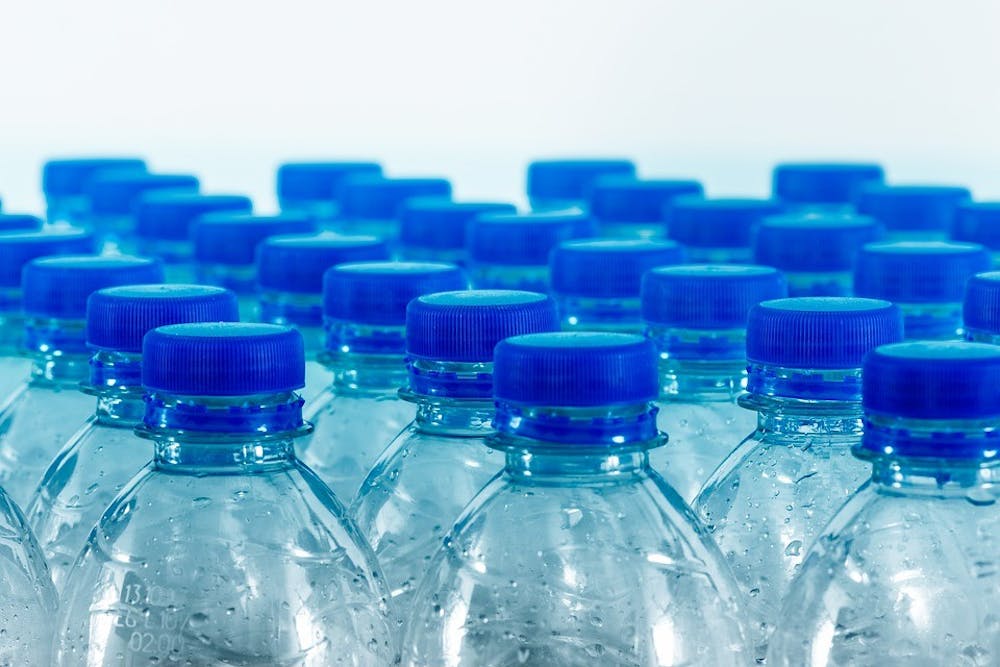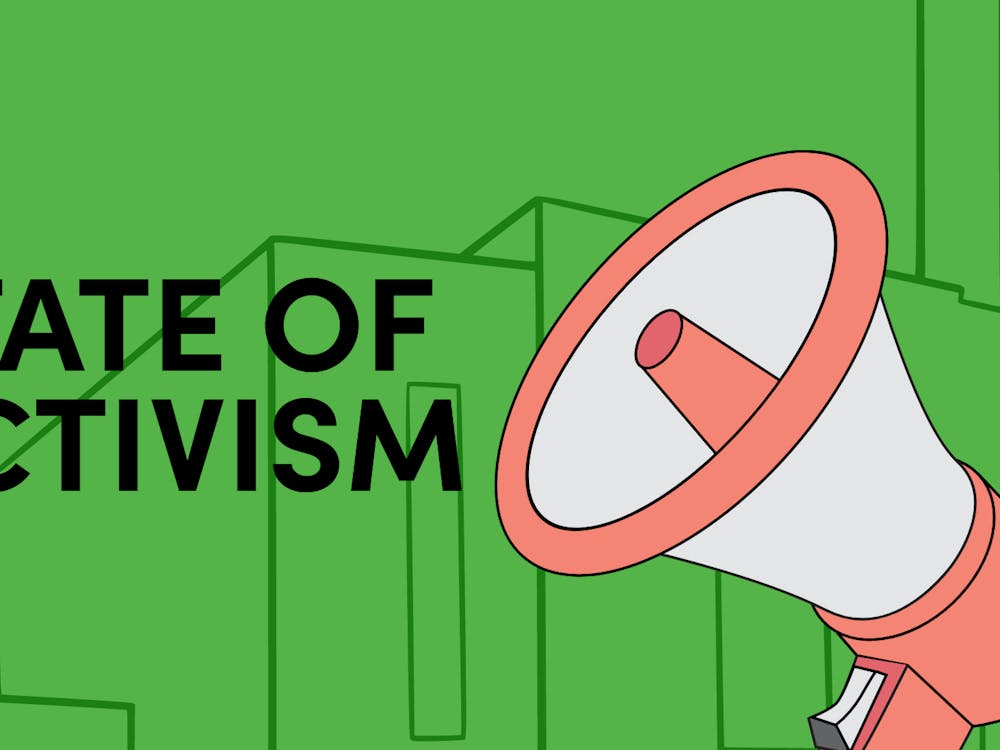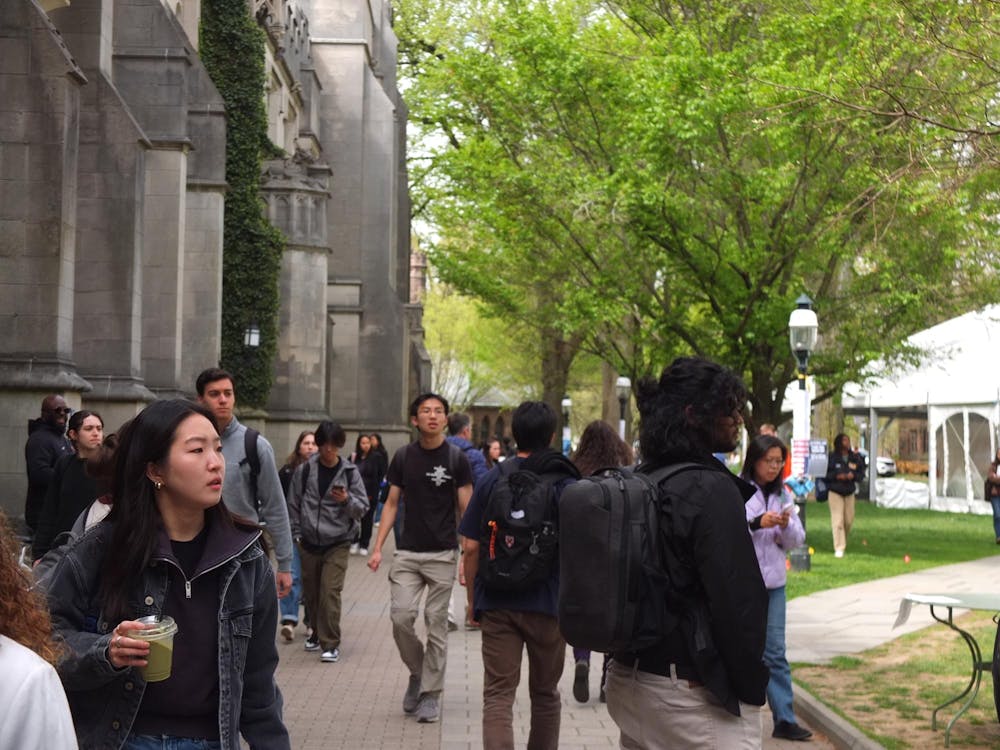A riddle for the reader: pizza boxes can be put in me but only if there is no residual grease. I also gobble up your plastic bottles, but only if you’ve taken the time to clean and rinse them and, in Princeton specifically, remove their caps. I love anything aluminum, though, and when you’re done reading this in print, you can toss your paper in me, too (but if there’s food stuck to me from reading me in a dining hall, toss me in the trash instead). What am I, and why am I so picky?
To many people on campus, the recycling bin can seem as puzzling and unclear as the riddle above. Why do only certain things belong in it, and why does it take so much effort to recycle? Why does Princeton have particular recycling requirements which other places do not? And finally, why should we be recycling in the first place when, despite its simplistic nature, it can be so challenging?
What has helped me to understand why it is imperative to recycle properly has been recognizing where our waste goes when not recycled, as well as the incredibly harmful impacts it can have on humans and the environment. A trash bin, with its ominous dark interior, presents the false illusion that whatever item you toss into it just disappears.
In actuality, we all must acknowledge that there is no “away,” and that the phrase “throw it away” is sorely flawed. Your trash, when whisked “away” by custodians or garbage trucks, must go somewhere, and on a finite planet with finite resources, often ends up in low-income communities of color, either halfway across the globe or here in the United States.
Consider my hometown of Baltimore, where we currently send 70 percent of our trash to be burned in an incinerator downtown. It’s not a coincidence that this toxin emitter, which sends dozens of carcinogenic chemicals into the air at levels significantly higher than what’s permissible, is located in an industrial area close to predominantly black and low-income neighborhoods.
Baltimore is not the only city suffering from unjust incinerator siting — closer to campus, Newark is as well. There, the Ironbound Community Corporation has been fighting against pollution and its adverse health impacts for years. Trash, thus, is not only a “save the trees” issue. It is squarely an issue of environmental justice, even here in the United States.
Halfway across the planet, other countries have been dealing with the United States’ trash for decades. China, for instance, has been accepting our plastic “recycling” for years on shipping vessels that return to China before bringing us newly manufactured plastic goods (yes, the hilarity of this cycle should not be lost on any of us).
Much of this plastic has not been recycled, due to its high contamination rates (Americans are pretty bad at sorting their recycling properly) and has instead been stockpiled, overflowing local ecosystems. Recently, China refused to take any more of our recycling because of the resultant contamination. Since then, other nations in Southeast Asia, such as Malaysia and Thailand, have filled the void, allowing the United States to continue to push off its consumerist waste onto other areas — out of sight, out of mind.
What’s the solution? It’s not to stop recycling entirely; to do so would be to fall victim to the toxic, extractive cycle of single-use disposable everything. Instead, it’s to start recycling correctly, to support a system aimed at reprocessing the waste we produce into something usable again so that we minimize our use of the finite resources of the earth. For example, a new app launched by the Office of Sustainability makes it much easier to engage with recycling on campus.
Until we as students start getting better at putting the right things in the right bins, we will continue to see our recycling get dumped into the trash, exported to developing countries, or sent to landfills. We can’t, however, give up on a broken system just because it’s broken; we have to participate to make it better.
While it may seem difficult, the great news is that other countries have set stellar examples on how to recycle. Germany, with an incredible recycling rate of 66 percent (the U.S. is half that, at 34 percent), sustains a national culture built around “thinking before throwing,” i.e., taking the 10 seconds of brainpower, maximum, required to put one’s waste in the correct bin. Taiwan turned itself around from having a reputation of “Garbage Island” in the 1980s to recycling over half of its waste, using trucks that play classical music as part of what’s been dubbed the “community ritual” of trash collection.
On a planet with limited resources and a rapidly growing population, we cannot continue to ignore our ailing recycling system. Nor can we abandon recycling entirely. Instead, we must continue to become more innovative in our reuse and manipulation of old “trash” into “treasure.”

Recycling allows us to get there, but only if we all participate willingly and enthusiastically. It’s not that difficult to take five minutes to familiarize yourself with Princeton’s recycling guidelines and then change your daily routine to make sure you’re tossing things away correctly.
Claire Wayner is a sophomore from Baltimore, Maryland, majoring in civil and environmental engineering. She can be reached at cwayner@princeton.edu with any of your questions on how to recycle on campus.









